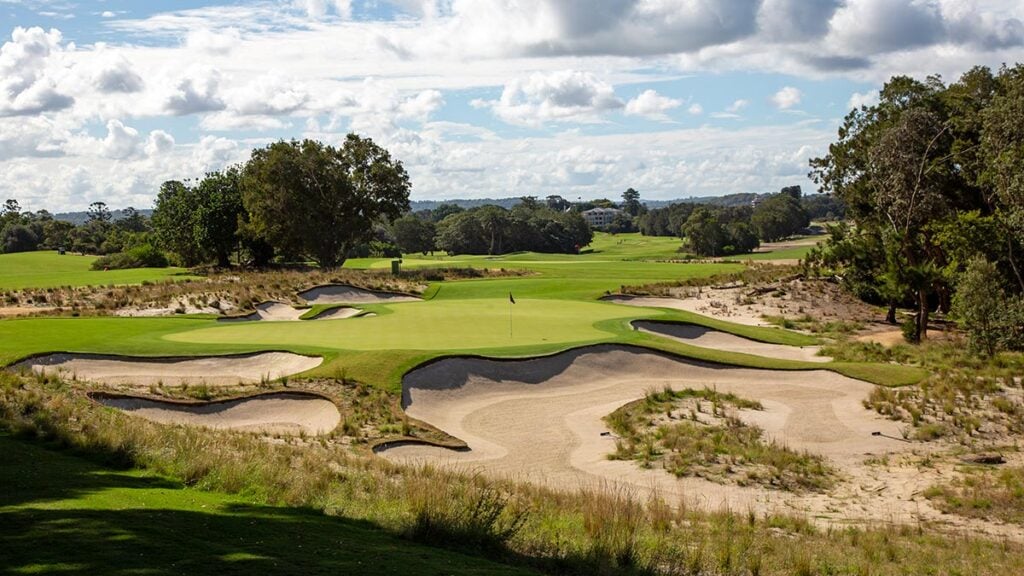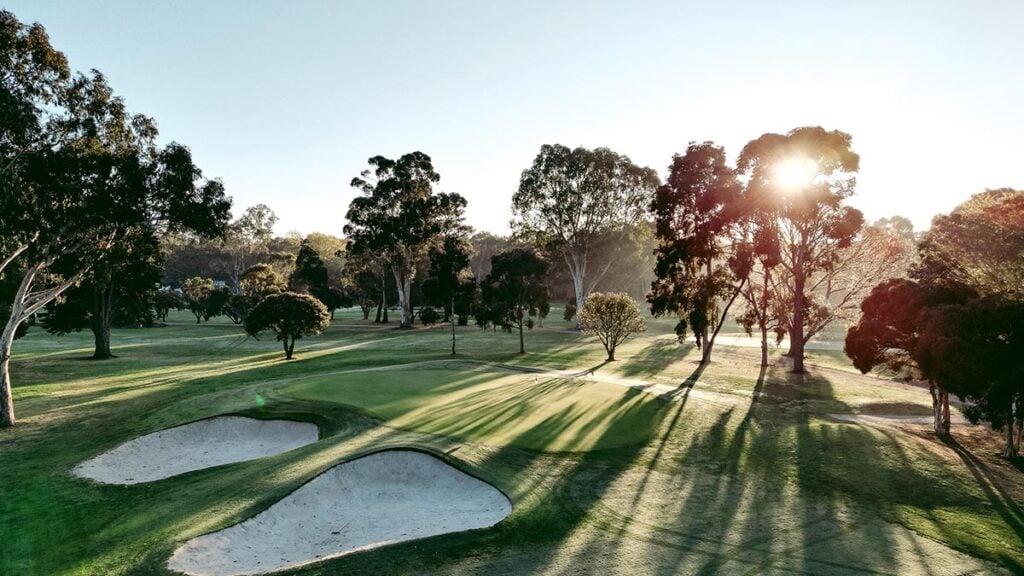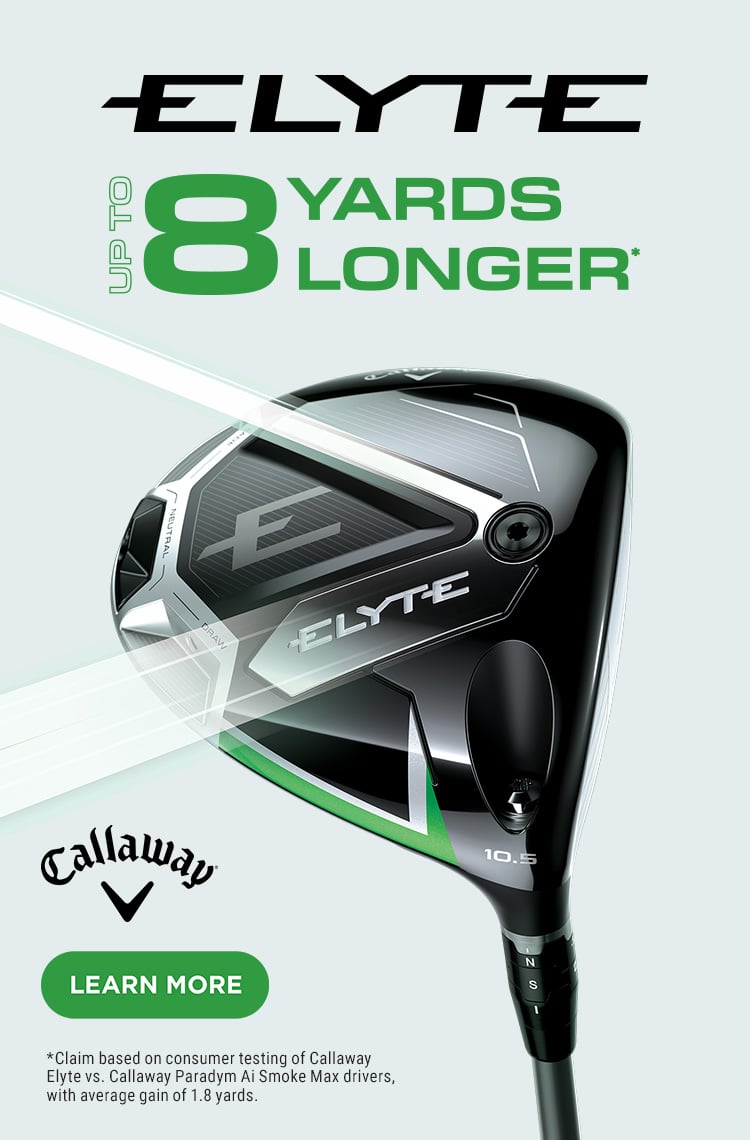SAN DIEGO, Calif. — Tournament results don’t always paint an accurate picture of what’s going on between the ears. Viktor Hovland’s 2024 season concluded with a trip to the Tour Championship and $4.6 million in the bank, but that didn’t stop the 27-year-old from venting about the current state of his game as the calendar flipped to January.
“Obviously, I’ve always tried to push myself, and even when it was really good, I kept on pushing it and maybe setting too high expectations because maybe I didn’t realize how good it was or I thought it could continue to get better and better and better,” Hovland said last month in Dubai. “… last year and some change, I’ve just gotten into some bad habits, and there’s been a couple key moves that I used to make in my old golf swing that I’m currently not doing. And I’ve got to get back to making that movement in order to play my best golf.”
The comments are a reminder that golf’s elite are never truly satisfied. The drive to improve and refine is always present, even when the prudent play might be to maintain.
Hovland’s putting is a perfect example. Last season, he ranked 44th in SG: Putting, which was an improvement from the previous season when he won the season-long FedEx Cup title and ranked 54th in the statistical category.
While the numbers and results looked good on paper, Hovland had begun to overthink things as he stood over putts, leading to speed and start line issues. The gremlins led Hovland to contact Ping reps last week to see if they could offer a hand ahead of the Genesis Invitational.
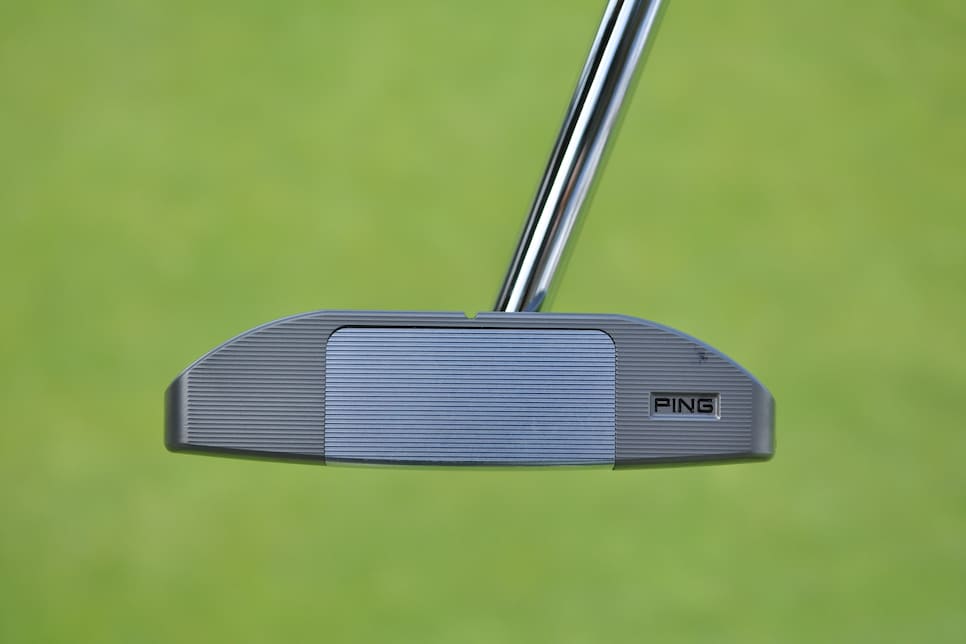
“Viktor said he’d been struggling a little bit with speed and wasn’t feeling comfortable over the ball,” Ping Tour rep Dylan Goodwin told Golf Digest. “We sent him a hodgepodge of different styles and face options to see if he liked anything better than his current gamer.”
During initial testing at home in Stillwater, Oklahoma, Hovland found a Ping PLD Oslo prototype helped him solve a vexing problem. When Hovland attempted to sole his gamer, he couldn’t quite get the head to sit flush on the green. The head moved just enough to force Hovland to manipulate his hands at address, which led to an uncomfortable feeling over the ball.
The longer, flatter sole on the Oslo helped alleviate the issue from the get-go.
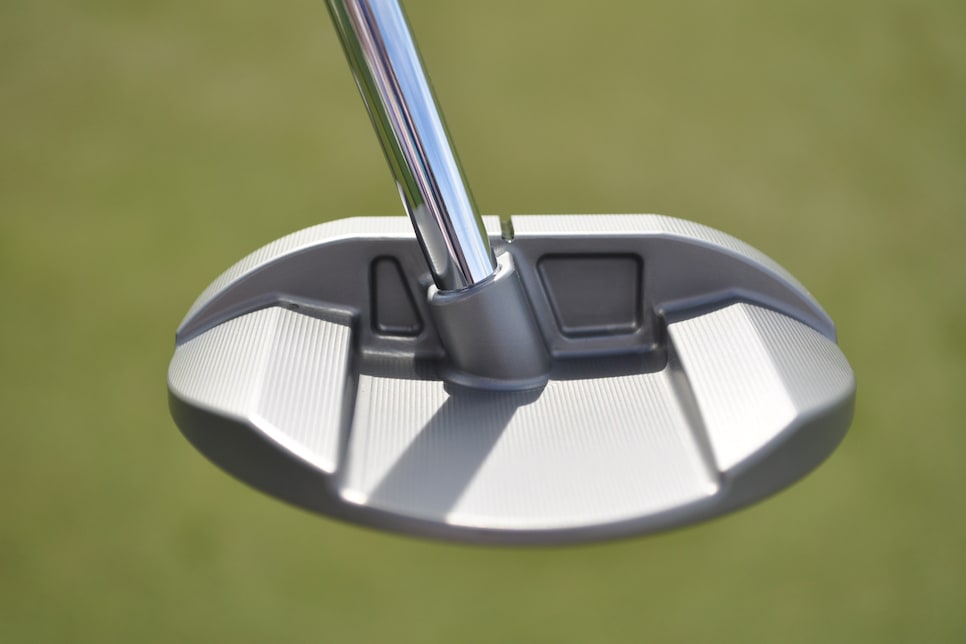
“The Oslo onset head sits flat at address,” Goodwin said. “With the shaft where it is, you can’t really manipulate it. It’s stuck in one spot. If you put the hands forward or back, you’ll notice it. This helped him quiet down his mind and focus more on speed and start line.”
Unlike many onset putters in the marketplace, Ping’s latest PLD prototype isn’t designed around the same zero-torque blueprint. Shifting the hosel location behind the topline makes the head more stable through impact, but it’s still designed to rotate the face during the stroke to match up with different arcs, as opposed to the straight back, straight through method many putter manufacturers currently subscribe to.
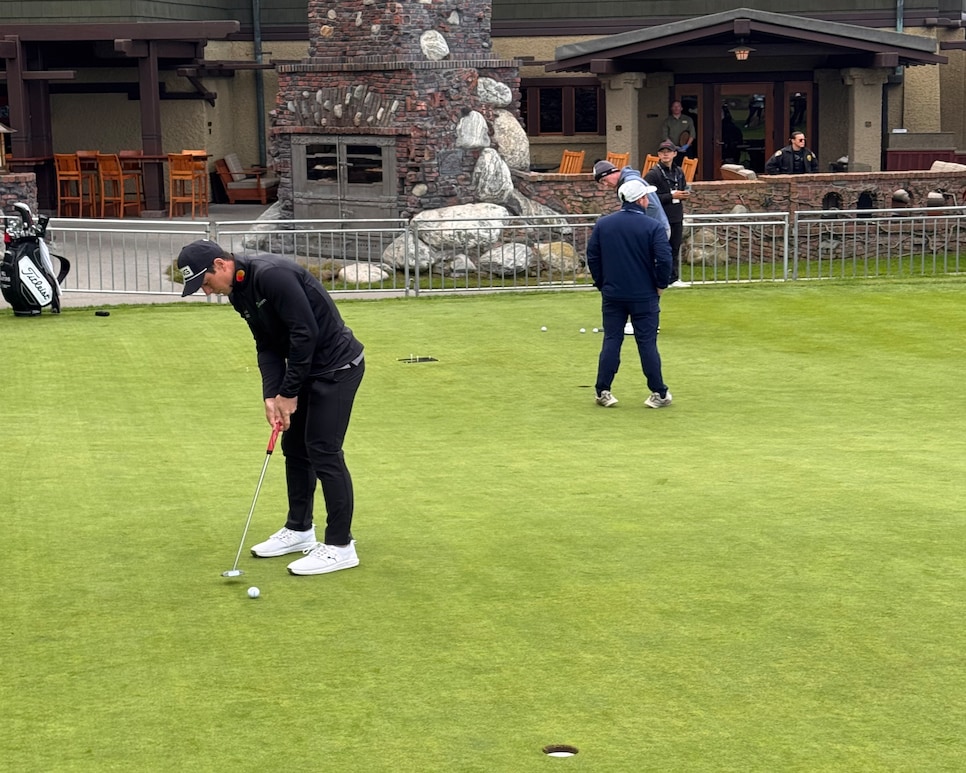
A more robust hosel design situated just behind the face required Ping engineers to remove mass from the face and replace it with an aluminum insert that earned high marks from Hovland.
“The first thing he mentioned was how much he loved the feel of the face,” Goodwin said. “That was what initially drew him to the putter in the first place.”
Goodwin confirmed Hovland made two minor modifications to the putter, going up in loft from 2.5 to 3 degrees with a more upright lie angle (20 degrees).
Hovland arrived at Torrey Pines with his Ping PLD DS72 gamer and the onset PLD Oslo prototype and planned to give new wand a chance to make the bag this week.
“He has some time to see how it does on the course,” Goodwin said. “So far, the feedback we’ve received from him has been positive.”
This article was originally published on golfdigest.com

